By Sam McGowan
Even though, technically at least, it was not a combat airplane, the performance of the Douglas C-47 transport led General of the Army Dwight Eisenhower to label it as one of the most important weapons of World War II.
It carried no armament and was not designed to drop bombs, but the C-47 and other variations of the Douglas DC-3 twin-engine airliner quickly proved their worth both on and off the battlefield as they became a familiar sight all over the world. Eisenhower was not exaggerating with his accolade. The C-47 became crucial to the conduct of the war in at least three theaters and proved beneficial to military operations around the world in roles that varied from limited to indispensable. By the end of the war, the Army had purchased more than 10,000 of the Douglas twin-engine transports in several variants.
From the DC-3 to the C-47
The C-47 is the most commonly known military designation for the airplane that revolutionized the civilian air transportation industry in the 1930s. Douglas Aircraft Company’s DC-3 was a follow-on to the DC-2, the first modern American-built transport aircraft. By the outbreak of war in 1939, the DC-3 had proven to be a safe, reliable transport capable of operating from short, relatively unimproved airstrips. Although it had not been designed with military needs in mind, the DC-3 was the natural choice to be the first widely produced Allied military transport aircraft.
The Army purchased a number of DC-2s, giving them the military designation of C-39; the bomber derivative was the B-18. When the DC-3 came out, the Army ordered several built to military specifications and designated them as C-47s. The bomber version was designated as the B-23, but it was not much of a bomber, so the Air Corps converted most of them for transport use, including for dropping paratroops, and called them C-67s.
When the Army began experimenting with airborne forces, it turned to the 50th Transport Wing, which had been established at Wright Field under the Air Corps Maintenance Command, for the use of its C-39s and C-47s to drop the fledgling airborne troops. Activated on January 14, 1941, as the parent unit for the Air Corps transport squadrons, the wing transported more cargo during the first half of 1941 than the entire U.S. civilian airline industry. The new airborne mission placed a heavy additional burden on the wing, so the Army placed orders for more transports and began training crews to fly them.
The original DC-3 was designed to carry 21 passengers, although increased engine performance on later models allowed 28. Other designations were given to production DC-3s that were taken over by the military but lacked the reinforced cargo floor and other amenities of the basic C-47. When the Army decided to develop the airborne mission, it contracted for a number of DC-3s specially configured to carry troops, with bucket seats and a door designed for paratrooper exit, and called it the C-53 Sky Trooper. Shackles were attached under the fuselage of the C-53s to carry parapacks, special bundles that could be filled with items too large to be carried by individual troops during a parachute assault.
In addition to dropping paratroopers, C-53s were also used for supply drops and as glider tugs. Although thousands of C-53s were produced, as the war continued the C-47 designation became generic. A later modification with larger engines and a redesigned tail was designated as the C-117. Various versions of the Douglas transport would see service with Army, Navy, and Marine transport squadrons as well as in the air forces of most of the Allied nations.
Building Allied Air Transport Wings
Several Douglas transports entered service in North Africa in 1941 when the U.S. Army Ferrying Command contracted with Pan American Airways to provide air transportation for British forces fighting Field Marshal Erwin Rommel’s Afrika Korps. The British had ordered their own Douglas transports, and the Royal Air Force (RAF) gave them a new name—Dakota. The Pan American DC-3s were sent to Africa to fill the gap until the RAF had received its own Dakotas and established air transport squadrons. The first British transports were DC-3s requisitioned from the airlines since the U.S. Army lacked the numbers to provide airplanes from its own stock.
The first Douglas transports to see operational duty were a trio of C-53s that arrived in Australia aboard ship in February. They joined an ad hoc group of transport aircraft and obsolete combat planes in the newly created Far East Air Forces Air Transport Command and went to work hauling cargo and personnel around Australia and northward to New Guinea—and even as far north as the southern Philippines, which were still in Allied hands. A reorganization of U.S. Army air transportation in June 1942 resulted in the redesignation of the air transport units as troop carriers, while a new Air Transport Command was created from the Army Ferry Command.
In early 1942, the Australia-based transports supported combat operations in the defense of Java. Until the American surrender of the Philippines, transports operated into airstrips on Mindanao, the southernmost of the Philippine islands, where American forces remained until their surrender in May 1942. A few weeks later, the transports proved their worth as the lifeline for Australian troops battling Japanese forces advancing southward toward Port Moresby over the rugged Kokoda Track in the Owen Stanley Range of Papua, New Guinea. The rough terrain ruled out resupply by truck, and the distances involved required hundreds of human porters. Air transportation allowed timely resupply as the transports landed on rude jungle strips when possible, and air-dropped ammunition and rations when no suitable landing strip lay close enough to the troops. A lack of suitable airdrop containers and parachutes led to the adaptation of cardboard ice cream containers packed with straw to deliver packets of ammunition and foodstuffs. The Australian infantrymen began referring to the transports of the 21st and 22nd Troop Carrier Squadrons as “Biscuit Bombers.”
The Troop Airlift Concept Takes Off
When Lieutenant General George C. Kenney arrived in Australia in mid-1942 to assume the role of chief of staff for air under General Douglas MacArthur, he brought many ideas with him, including the concept of using the airplane to move troops into battle and keep them supplied. An opportunity to prove his theories arose in September when MacArthur decided to move the U.S. 32nd Infantry Division northward to New Guinea. Kenney persuaded MacArthur to let him move a regiment by air; the event came off so well that he got permission to move a second regiment. The two regiments were in place in Port Moresby several days before the rest of the division arrived by ship.
Allied successes in New Guinea—thanks largely to the efforts of Kenney’s Fifth Air Force—raised the value of Kenney’s stock in Washington considerably. Part of the payoff for earlier successes was the assignment of an airborne regiment to the Southwest Pacific Area of Operations, and its arrival allowed Kenney to mount the attack on Nadzab he had been planning for several months. The 54th Troop Carrier Wing C-47s dropped the troops without a hitch, and the airfield was in Allied hands within a matter of minutes. MacArthur used the new installation to mount a two-pronged attack on Lae that led to the destruction of Japanese efforts in New Guinea.
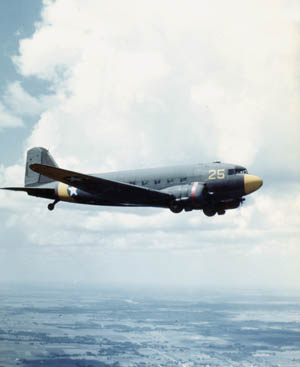
The early successes of the C-47s and other transports in New Guinea led to the development of tactics built around the use of air transport to airlift troops into battle and also to move air units forward. Air evacuation of casualties made its debut in New Guinea during the battle for Buna. Young female flight nurses were assigned to troop carrier squadrons to care for wounded men who were brought from the forward airfields. Regularly scheduled air evacuation flights were established between Port Moresby and rear area hospitals in Australia. The success of air evacuation in the Southwest Pacific led to it becoming part of the troop carrier mission throughout the world. Thanks to the use of the airplane to move the seriously wounded, the combat death rate was drastically reduced.
The dependable C-47s and C-53s soldiered on, racking up hundreds, then thousands of hours in combat operations. One of the C-53s that had arrived in Australia in early 1942 had amassed more than 10,000 hours by 1944. The efforts of the troop carrier C-47 crews did not go unappreciated by the senior officers in their chain of command. General Kenney recognized the efforts of his troop carriers and said so in dispatches to the War Department in Washington, D.C. In one request for additional troop carrier pilots, Kenney told General Henry “Hap” Arnold, chief of the U.S. Army Air Forces, that the life expectancy of his C-47 crew members was less than that of the P-39 fighter pilots in his command.
The Hump Airlift
In the spring and summer of 1942, while the two troop carrier squadrons in New Guinea were making their mark, developing air transportation efforts in the China-Burma-India Theater began another chapter in the story of the Douglas transport. In early 1942, a small contingent of Pan American DC-3s was sent to India to airlift fuel and oil to Chinese bases in preparation for the arrival of the North American B-25 Mitchell bombers of the Doolittle mission against the Japanese home islands.
The civilian contingent was soon joined by a squadron of Army C-47s that arrived in India as part of Colonel Caleb Haynes’s AQUILA project that was intended to serve as the nucleus of a heavy bomber effort against Japan from Chinese bases. A Japanese offensive in China in retaliation for the Doolittle mission deprived the Allies of the planned bomber bases, and the Army and civilian C-47/DC-3 crews soon found themselves in the middle of the battle for Burma. When it became apparent that the Japanese had gained the upper hand, the transports were put to work evacuating Allied troops.
Although combat operations in defense of India were requiring most of Tenth Air Force’s efforts, it was imperative that supplies get to China, where the American Volunteer Group, popularly known as the Flying Tigers, was doing a good job of harassing the Japanese. Fortunately, there was another air transport organization in the theater. Before the war Pan American Airways had contracted with the Chinese government to operate a national airline. The China National Airways Corporation (CNAC) operated a fleet of DC-3s with civilian crews, mostly Americans.
Tenth Air Force contracted with CNAC to airlift supplies to China, beginning what came to be known as the Hump Airlift. Throughout 1942, DC-3s and C-47s operated the airlift, but the massive amounts of material requiring airlift dictated the use of larger airplanes with greater payloads. In late 1942 the airlift of supplies to China was taken over by the newly created Air Transport Command (ATC). ATC began the airlift with C-47s but switched to larger Curtiss C-46s and Consolidated C-87s, the cargo version of the B-24 Liberator bomber, as they became available.
Although the C-47 was replaced within the ATC airlift to China, the Douglas transports continued to play a major role. One of the conditions of the transfer of the China Air Ferry to the ATC was that Tenth Air Force would receive a troop carrier group equipped with C-47s. Additional Douglas transports came in the form of Royal Air Force Dakotas.
Many Roles in Many Theaters
Air transport would be a feature of new tactics worked out by the eccentric British Brigadier Orde Wingate, the commander of a special force made up of British and Commonwealth troops known as Chindits. In the spring of 1944, Wingate’s special force invaded Burma from the air. The entire Tenth Air Force effort was directed toward supporting the operation, which consisted of a glider assault onto landing zones in Burma that would be used as forward bases supported by troop carrier C-47s. The three C-47 squadrons of Tenth Air Force had been joined by a fourth squadron that came to India as part of Colonel Philip Cochran’s air commando group, and had been further augmented by the temporary assignment of the 64th Troop Carrier Group from the Mediterranean.
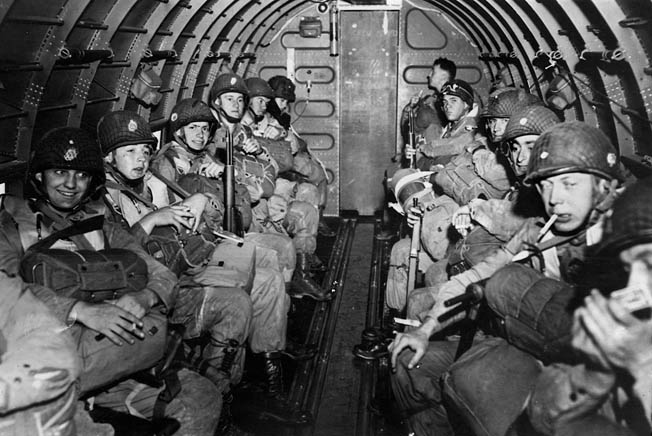
The air commando C-47s were assigned to glider towing duty while the troop carrier command transports airlifted men and equipment into the hastily prepared landing zones. One troop carrier squadron was assigned to support the American provisional force under Brig. Gen. Frank Merrill, who walked into Burma in the north. Once again the C-47 proved its worth as the twin-engine transports operated into airstrips that had been constructed with small bulldozers and graders that had been landed by glider.
The role of the C-47 in Europe was initially primarily logistical. In the summer of 1942, the 51st Troop Carrier Wing and its three groups moved to England as part of the Eighth Air Force. Throughout the summer the wing’s C-47s and C-53s supported the newly arrived bomber and fighter groups. Planning for the invasion of North Africa called for the wing to transfer to Africa. Several squadrons of C-47s left England carrying the paratroopers of the 503rd Parachute Infantry Regiment, the first American paratroop unit to see combat.
There were a handful of limited airborne operations in North Africa, but the transport mission became support of air and ground combat units, particularly after the battle moved away from the coast. Military planners had not taken the troop carrier transports into consideration, but their presence proved highly beneficial as they were used to airlift bombs and supplies for combat squadrons to airfields in the desert and to support motorized columns. Troop carriers in North Africa borrowed a page from the Southwest Pacific as they began evacuating casualties from forward areas to rear area hospitals.
In European Combat Operations
Plans for Operation Husky, the invasion of Sicily, called for the use of paratroops and glider-borne forces. The airborne operations did not go well, thanks in part to high winds that blew the formations off course. Jittery antiaircraft gunners on ships offshore took the approaching C-47 formation under fire and shot down quite a few transports. Dozens of paratroopers fell into the sea and were drowned. Many gliders cut loose too early and failed to make the beaches, leaving their occupants to the same fate as the paratroopers who fell into the sea.
In spite of the numerous problems, the few paratroopers and glider troops who managed to arrive in one piece caused so much confusion among the German and Italian defenders that airborne operations were planned for future invasions. There was one paratroop drop in Italy when General Mark Clark decided to reinforce the beachhead at Salerno. Once Allied air units were established in Italy, the C-47s assumed a new mission, the resupply of partisans in Yugoslavia.
Operation Overlord, the invasion of Normandy, included the massive use of American and British airborne forces. The D-Day airdrops have become famous and are perhaps the one World War II event most associated with C-47s. Unfortunately, the drops did not go well, while dozens of C-47s were shot down and hundreds were damaged by intense German fire. Once the beachhead had been established, landing strips were constructed for C-47s arriving on the continent from England.
The American breakout from the beaches in early August saw the C-47s in an important new role as they were called upon to support the rapidly moving armored columns of General George Patton’s Third Army. Patton came to depend on the C-47s and other transports to bring in fuel for his tanks and trucks, and when they were taken away his rapid advance ground to a halt.
The Troop Carrier Command was dedicated to the support of the First Allied Airborne Army when it was established in early August, and its squadrons were taken off combat operations to train for Operation Market-Garden, the upcoming airborne invasion of Holland. An additional 100 C-47s were taken off Air Transport Command domestic operations in the United States and sent to England to beef up the Service Command transport forces.
The drops in Holland saw the C-47 crews earn the respect of the paratroopers. While previous airborne operations had often been characterized by confusion, the drops in Holland were well organized and the crews were motivated to risk their own lives to ensure that the troops were dropped on target. Paratroopers returned from Holland to tell of courageous C-47 pilots were able to hold their course in burning airplanes so their troops could jump, and then went to fiery deaths as their stricken craft crashed. Troop Carrier Command C-47s, supplemented by B-24s detached from Eighth Air Force, kept the troops in Holland supplied until ground links were opened.
During the Battle of the Bulge paratroopers from the 101st Airborne Division were sent to hold the town of Bastogne, where they soon found themselves surrounded by a determined enemy and cut off from all means of ground resupply. Terrible winter weather, with low clouds, fog, drizzle, and snow, prevented the C-47s from delivering supplies by air for several days. As their supplies dwindled, the Screaming Eagles held on. Finally, on December 23 the skies cleared and parachutes blossomed over Bastogne as C-47 crews braved German fire to deliver their loads of ammunition, rations, and medical supplies. By evening, 101st artillery crews were firing shells that had just been dropped in. The Bastogne relief was perhaps the C-47’s finest hour.
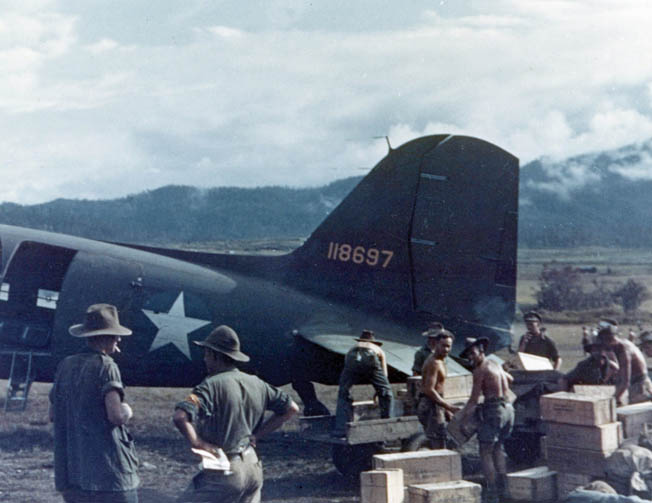
The Goony Bird Behind the Front
While the airborne operations in the European theater, the Hump Airlift, and the New Guinea missions were their most important, the Douglas transports were a familiar sight all over the world. Army C-47s supported combat operations in the Aleutians, while the Navy and Marine Corps established transport squadrons for duty in the islands of the Central Pacific with their own C-47s, which were given the naval designation of R4D. It was probably the Navy and Marine crews who gave the DC-3 its most famous name—Gooney Bird. Nature’s gooney birds are a species of albatross that are unique to Midway atoll, where sailors and Marines had been entertained by the ungainly creatures long before Midway became famous in mid-1942.
By 1943 the U.S. military was active all over the world as ferry and transport routes were developed over which young, inexperienced crews delivered bombers, fighters, and transports to combat squadrons overseas. Engine trouble, bad weather, and enemy action led to the loss of aircraft and crews who went down in the ocean or over hostile terrain. The Air Transport Command developed its own search and rescue units to look for downed airmen, and C-47s were equipped for the role. Some C-47s were equipped with skis to allow landings close to downed airmen in Arctic terrain. The C-47C was equipped with giant Edo floats to allow water landings. Tests were even conducted with a glider version of the C-47, when an early model was converted to become the XCG-17.
On May 5, 1945, the 10,000th DC-3 was delivered to the United States Army Air Forces; all but 500 were built after Pearl Harbor. By the end of 1944, all the DC-3s that had been procured from the airlines for military use had been returned. The airlines also benefited from the military production, as hundreds of C-47s and C-53s became surplus to the military’s needs and were released for civilian purchase.
Immediately after the war, the C-47s were instrumental in airlifting supplies to areas that had been devastated by the conflict and providing support for occupying forces. Unlike most other U.S. military aircraft of World War II, the C-47 remained in active military service during both the Korean and Vietnam conflicts.
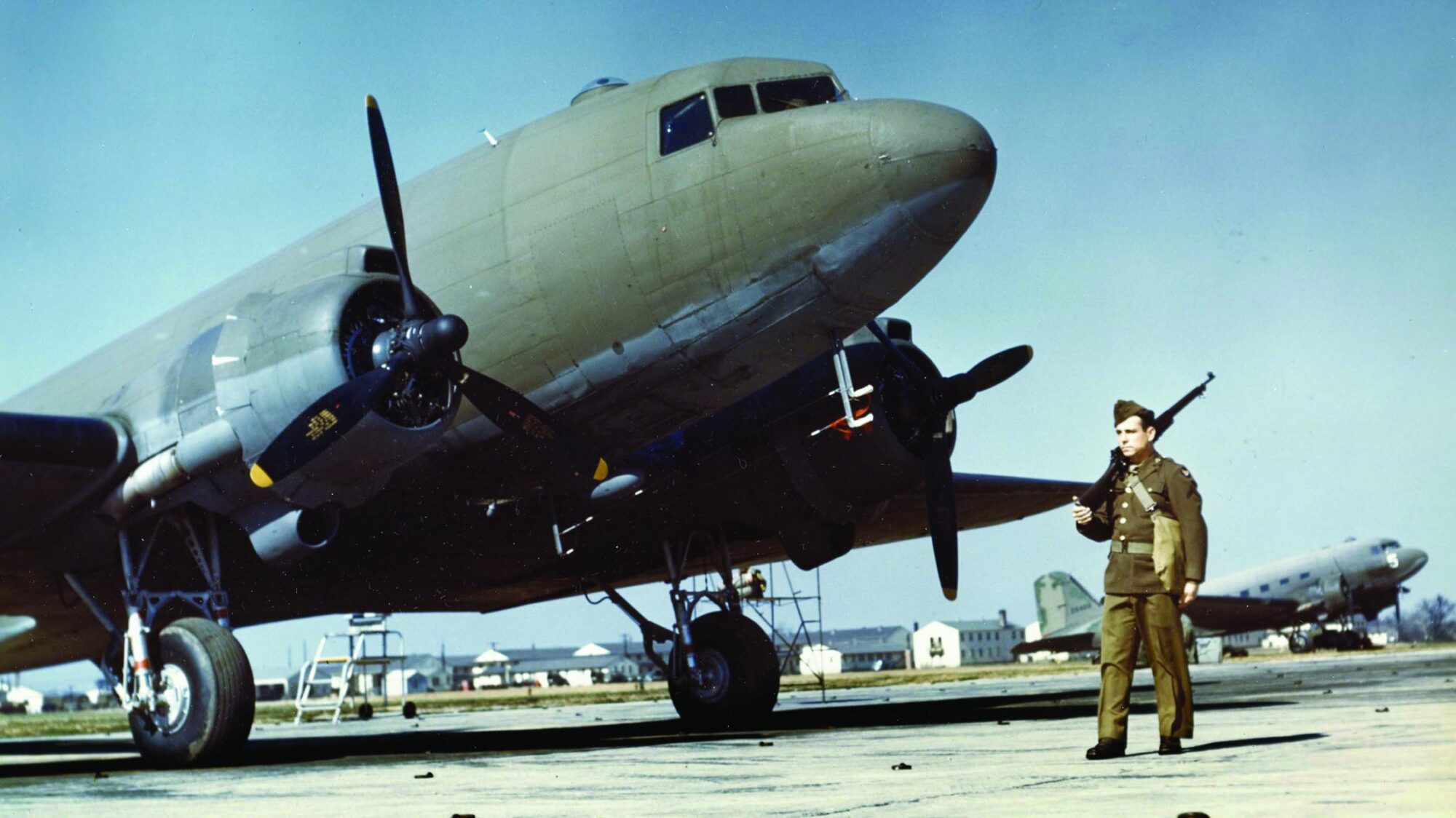
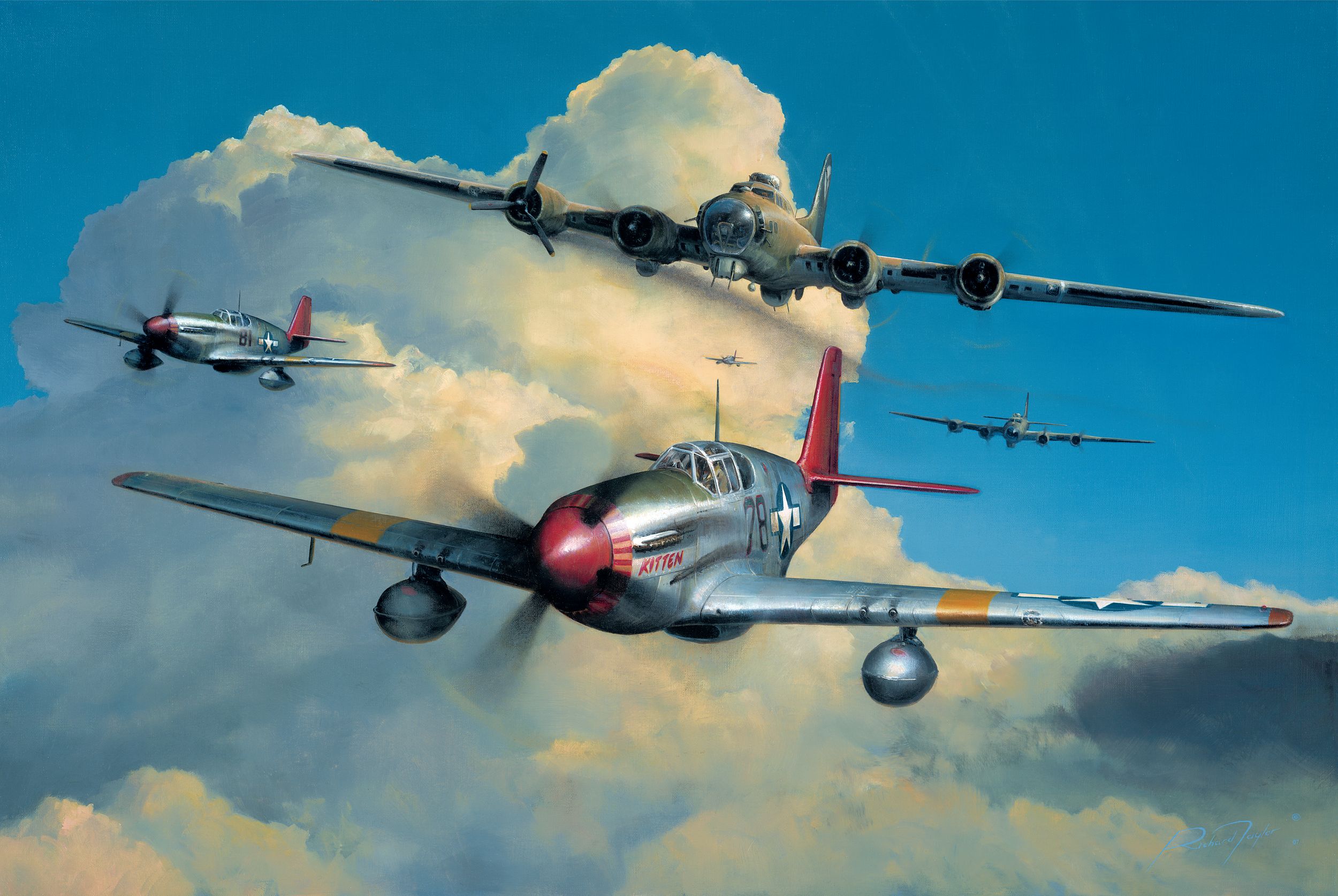
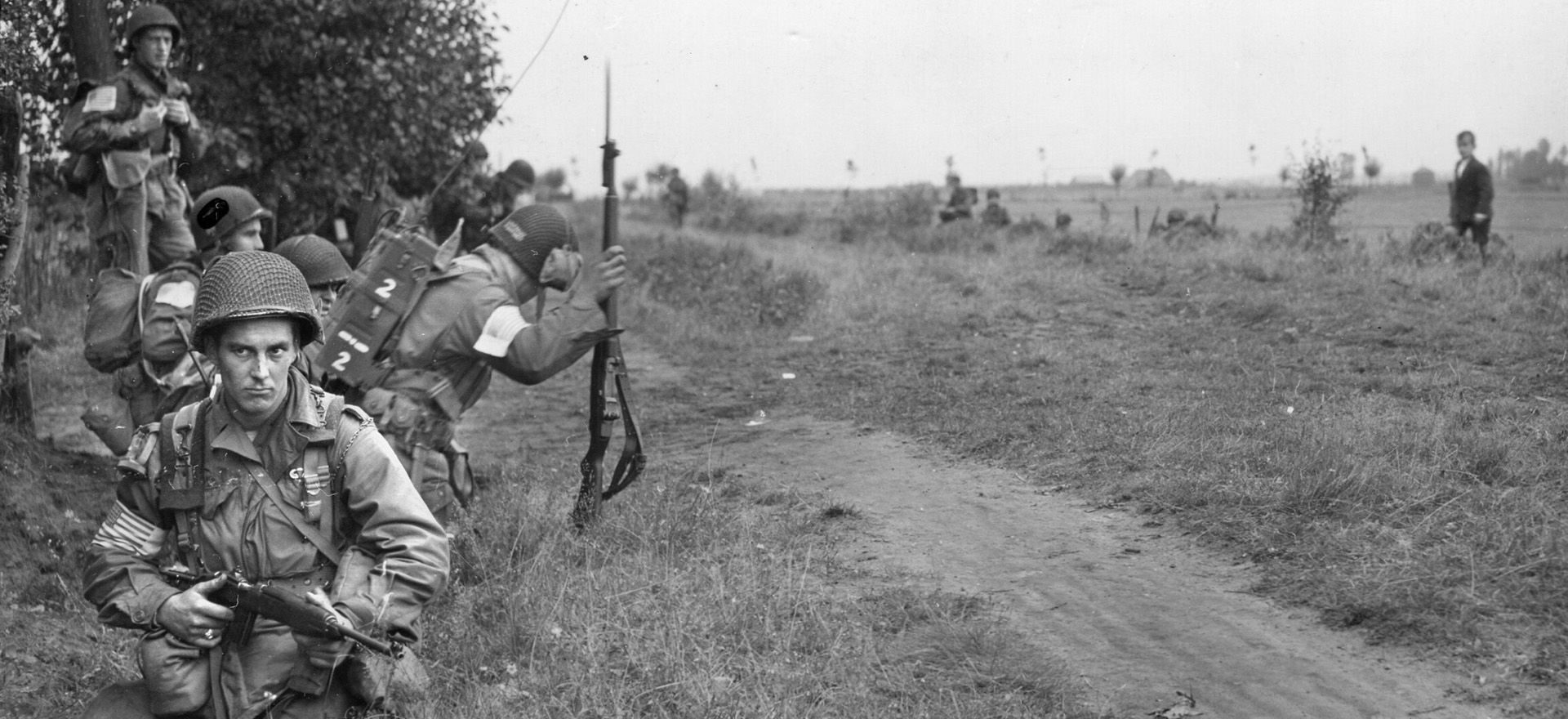
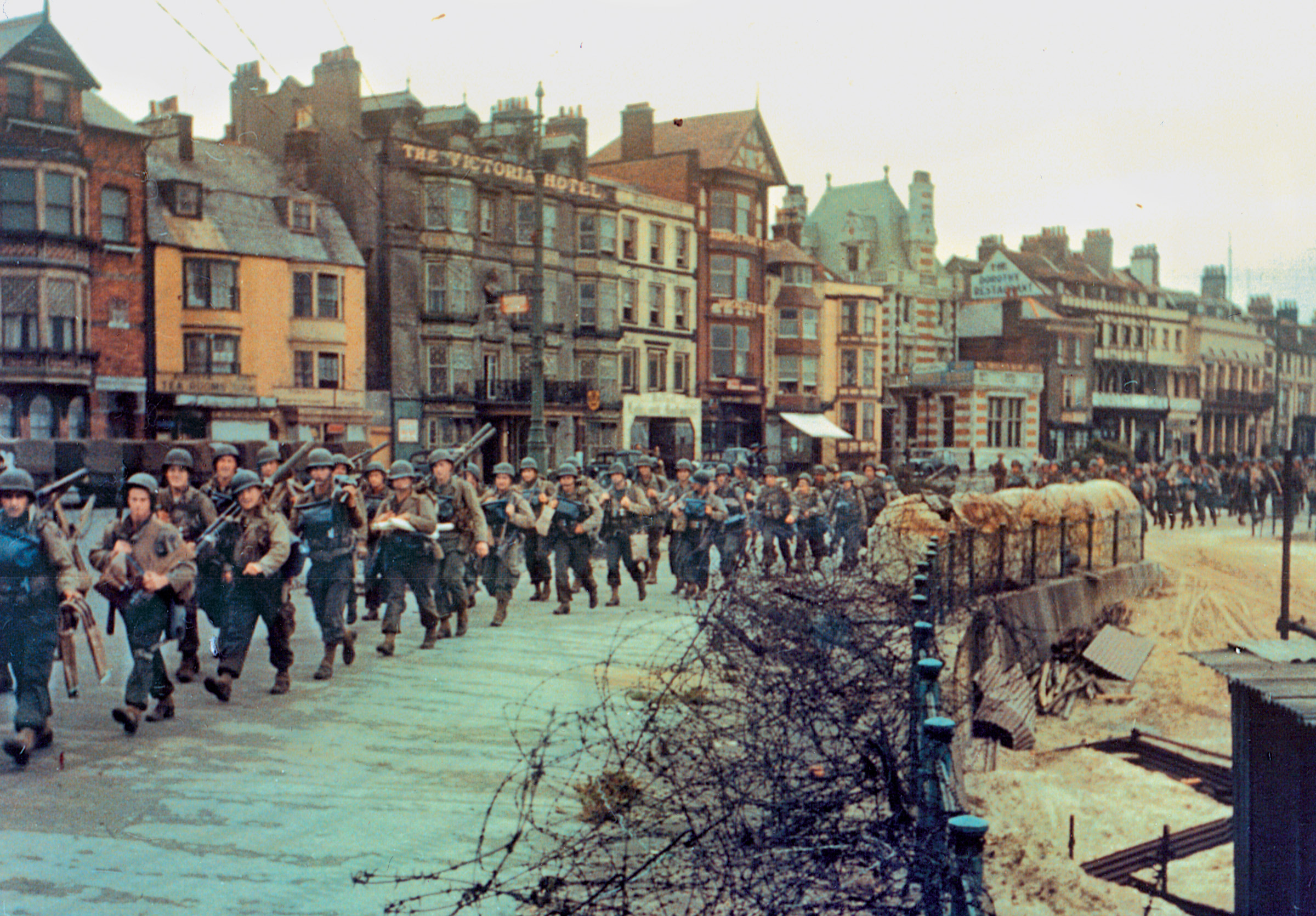
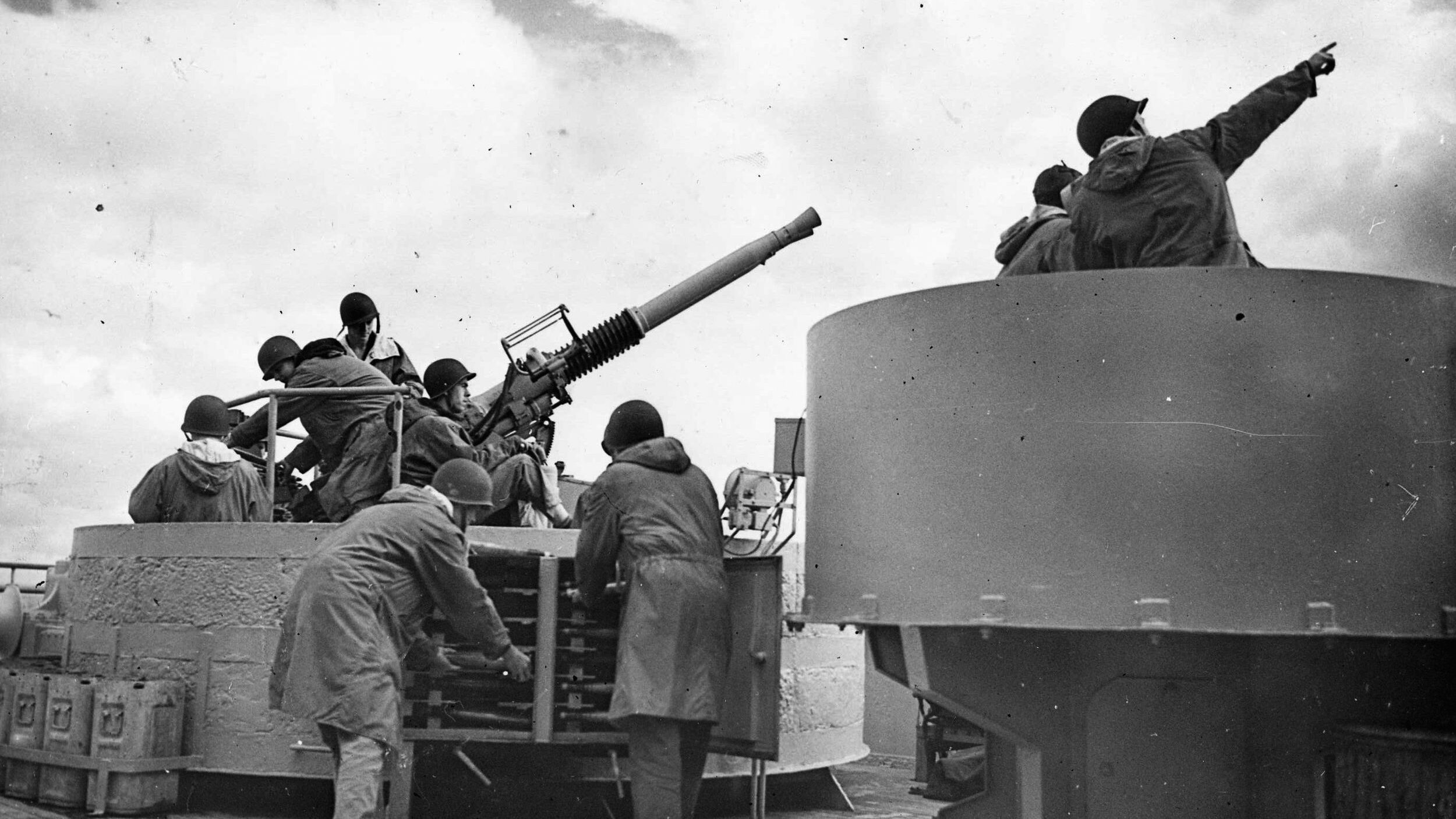

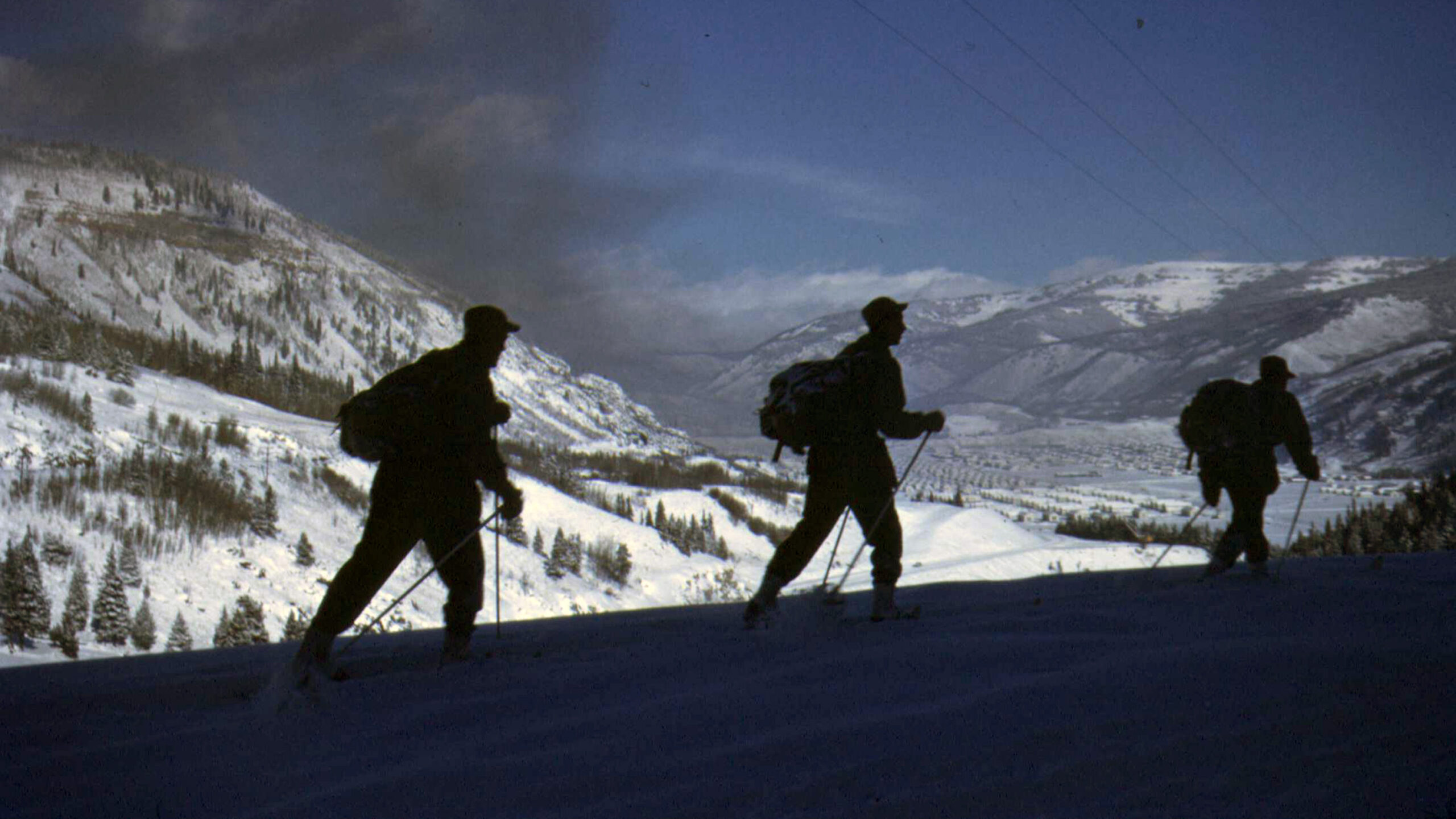
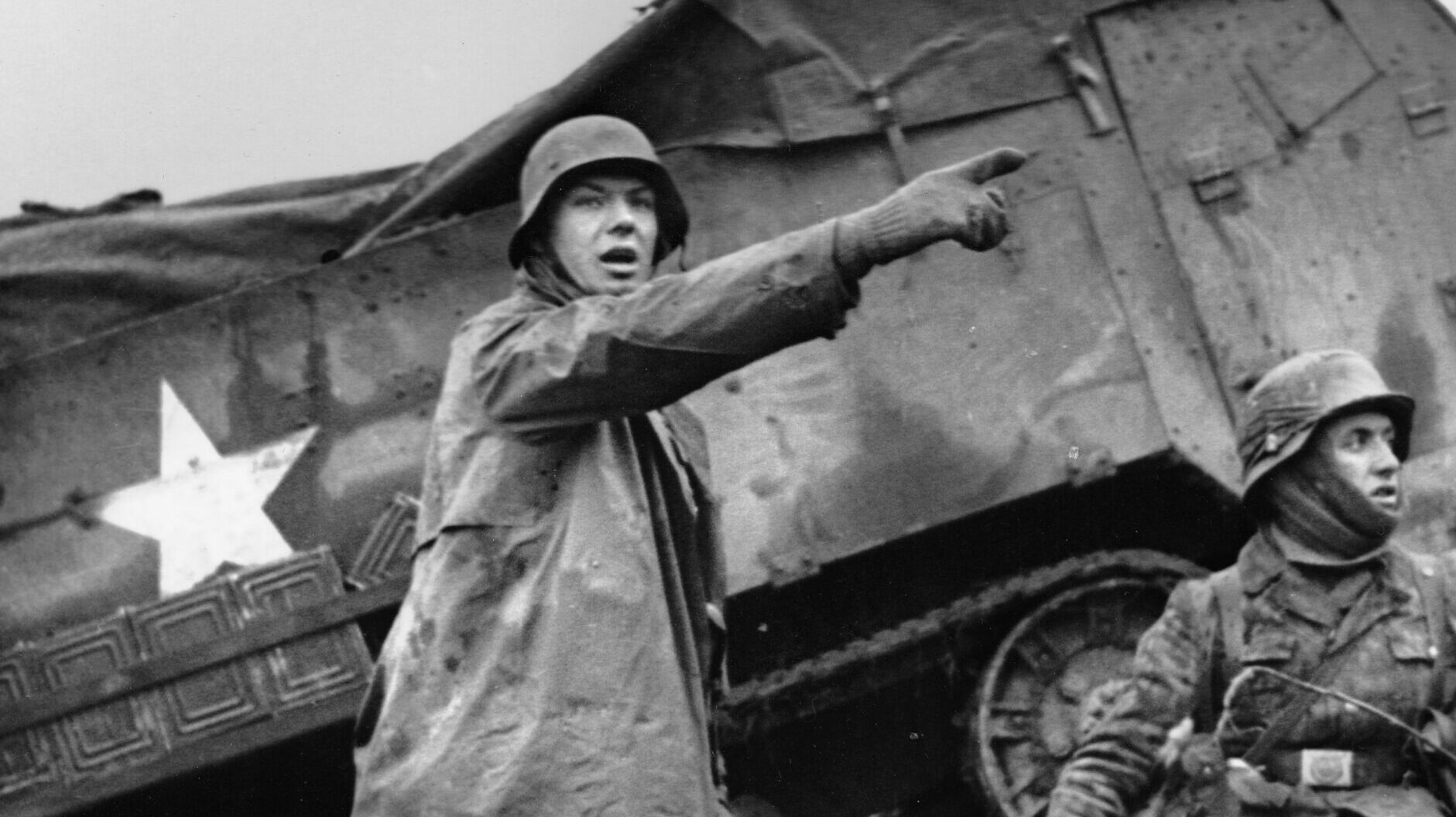
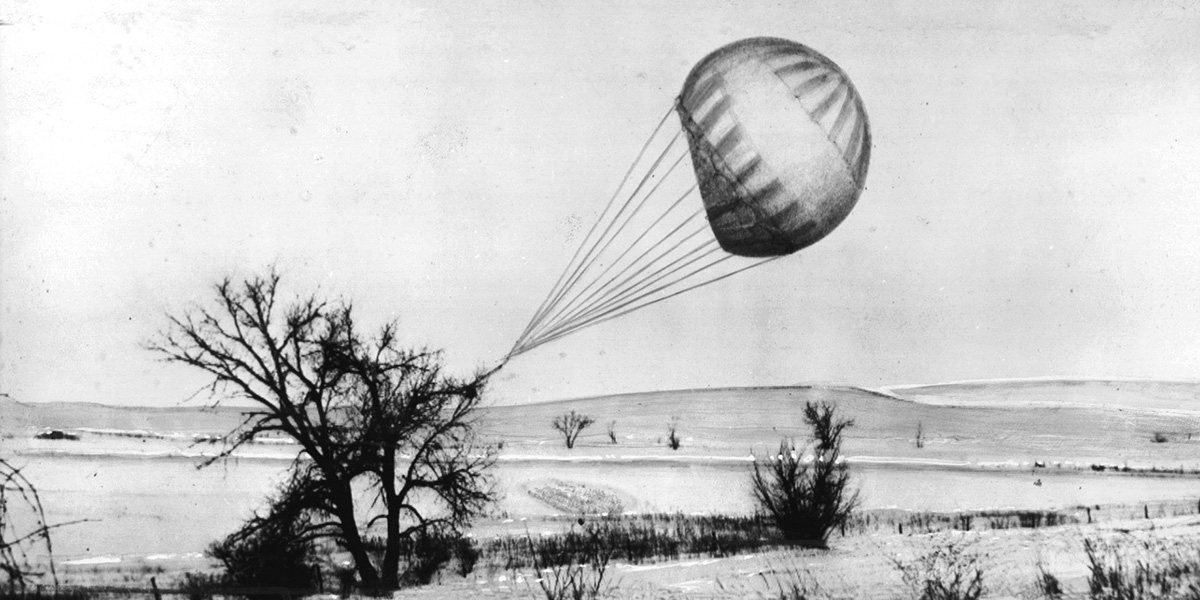
Join The Conversation
Comments
View All Comments